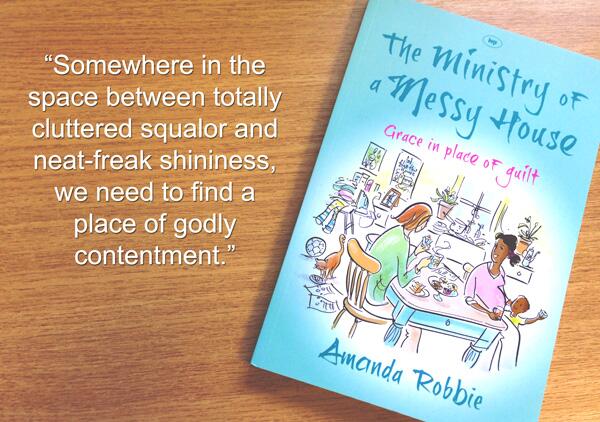So I thought I’d get ahead with my plan to blog through Lent, and get some creativity practice in before Ash Wednesday. This is despite Facebook’s determination to keep me blocked, which means that if you follow my page there, you’ll not get updates when I write something new and exciting here. In the hope of getting this controversial and dangerous blog allowed on Facebook, I continue to lobby random FB executives whose Twitter accounts I can find.
There are small signs of Spring in the parish. This morning’s venture out with Song and the Vicarage Hound was warmer than it has been for quite a while. And the varigated blues of the sky matched the colours of the flats in a pleasing fashion.
It’s been a long lockdown, this third one, and I don’t think that I have been making the best of it, although I have made some good progress on another crochet blanket and several new recipes have been attempted. If I’ve not recommended Rukmini Iyer’s Roasting Tin books yet, do look them up now. I am a big fan of shoving stuff in a tin and then in the oven. I was going to share some recent faves but they are so distressingly middle class that I can’t quite face doing it. Great recipes though, and not all of them involve quinoa (and none of the ones I use – not a fan).
Lent begins the day after tomorrow and I have a book to read. My devotional life has not been the best with the recent lockdown-toothache combo that I’ve been navigating. So a shiny new book of prewritten prayers should be just the thing. It’s Tim Chester’s latest, An Ocean of Grace, and I’m looking forward to working through that alongside video devotions on our church YouTube channel. We kick off with a modern version of the Commination (with no ashing required) on Wednesday evening – in church and on Zoom together, hoping that the tech can be negotiated effectively.
I was thinking today about the strange Anglican naming of the three Sundays before Lent (now prosaically called Sundays before Lent). They are Septuagesima, Sexagesima and Quinquagesima. Quinquagesima is fifty days before Easter Day, if you fudge the counting a bit (by including some extra Sundays), and then the numbering really goes to pot because you can’t even fudge it to make Sexagesima and Septuagesima count as sixty and seventy days before Easter. Church of England maths makes as much sense as the rest of what we do as a denomination, I guess.











